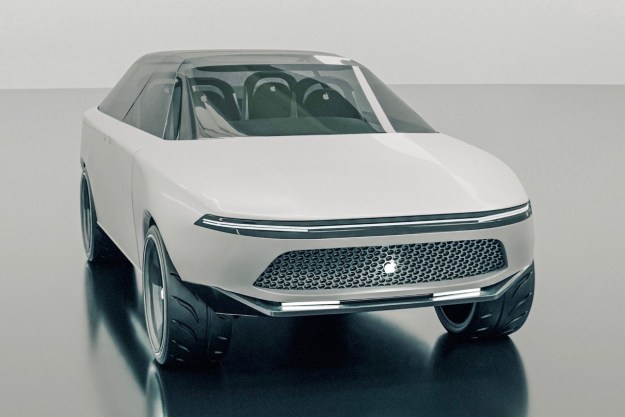Waymo is inviting San Francisco residents to hop inside its self-driving vehicles for a drive around the city.
The company has been giving rides to residents in Phoenix, Arizona, for several years, and has also been offering Waymo employees the same experience in the Golden City, where the company is based.
But in an expansion of its efforts, Waymo is now inviting regular folks in San Francisco to experience a trip in a self-driving car as part of its new research-focused Trusted Tester program.
“For the first time, San Franciscans will be able to hail an autonomous ride in one of our all-electric Jaguar I-Pace vehicles,” the company said in a post announcing the Trusted Tester program.
To mark the launch, Waymo posted a video showing residents taking their first ride in one of its driverless vehicles. The company released a similar video in 2018 showing the reactions of Phoenix residents as they tootled along the city’s streets.
Notably, the trips in San Francisco will include a backup driver behind the wheel as part of safety measures.
San Francisco residents interested in becoming part of the Trusted Tester program can sign up through the Waymo One app. Those accepted will be offered rides for free, with Waymo requesting an honest opinion about the trip in exchange.
“Our San Francisco Trusted Testers can hail autonomous rides for their everyday needs anywhere they want to go in our initial service area, whether it’s their favorite bakery in the Sunset, or a special picnic spot in Golden Gate Park,” Waymo said.
It added, “From using the Waymo One app, to pickup and drop-offs, to the ride itself, we receive valuable feedback from our riders that allows us to refine our product offering as we advance our service.”
The company, which was spun out of Google’s long-running self-driving project in 2016, said it’s also committed to making sure its ridesharing trial service is accessible for people with disabilities.
“We’re beginning our Trusted Tester program with riders of all different mobility levels, and those who require a wheelchair accessible vehicle can hail directly from the Waymo One app and provide critical feedback on their experience as well,” Waymo said.
The company hasn’t revealed how many people will be allowed to join the program, or how long it will last.
As engineers continue to refine the autonomous technology, Waymo is hoping that somewhere down the road regulators across the U.S. will allow it to launch full-fledged ridesharing services using its autonomous vehicles.
But with variable traffic conditions, changing road layouts, and extreme weather events all presenting their own unique challenges for the technology, the expectation is that the first wide-scale autonomous taxi services will take place within specific boundaries and under strict conditions, such as on a university campus or within an airport, rather than on regular roads. As for the day when we can snooze in the back seat of our own driverless car on the commute to work, well, such an experience still appears to be years away.
Editors' Recommendations
- Waymo robotaxi attacked and set on fire in San Francisco
- Cruise autonomous vehicle drives over woman just after she was hit by another car
- An autonomous car in San Francisco got stuck in wet concrete
- Volkswagen is launching its own self-driving car testing program in the U.S.
- Autonomous cars confused by San Francisco’s fog


